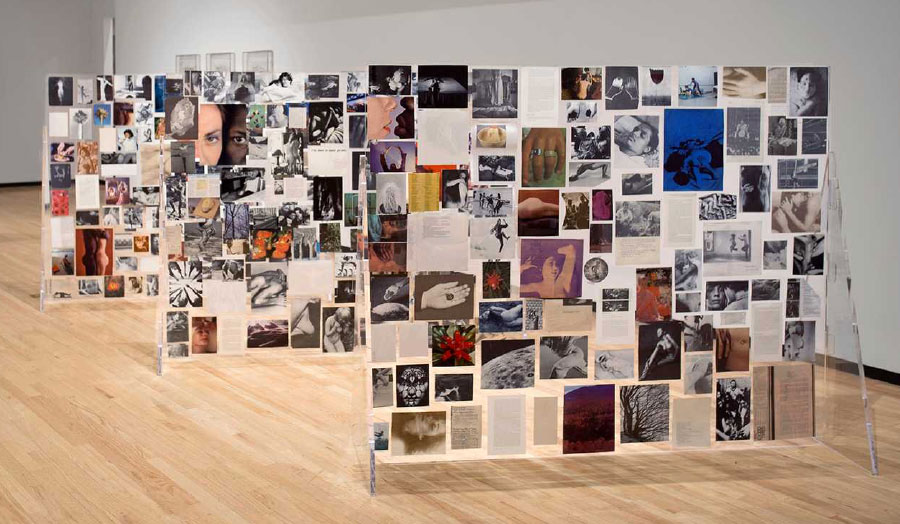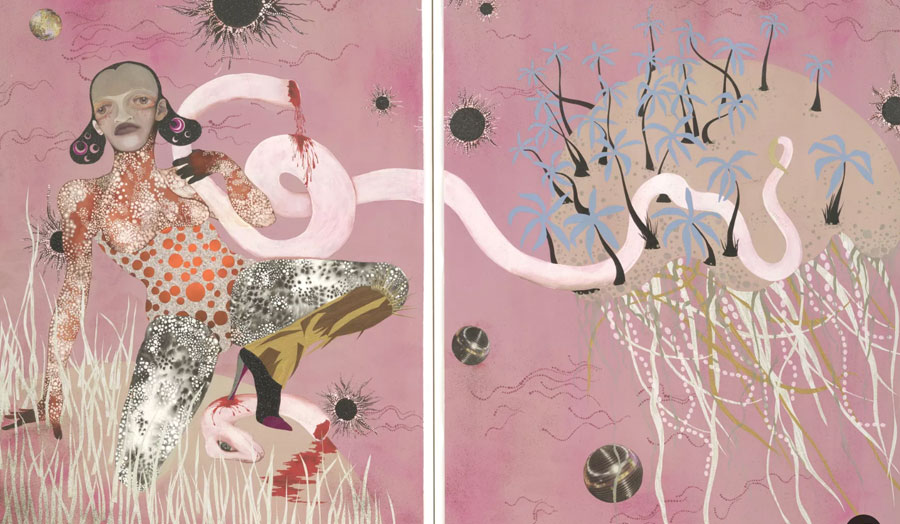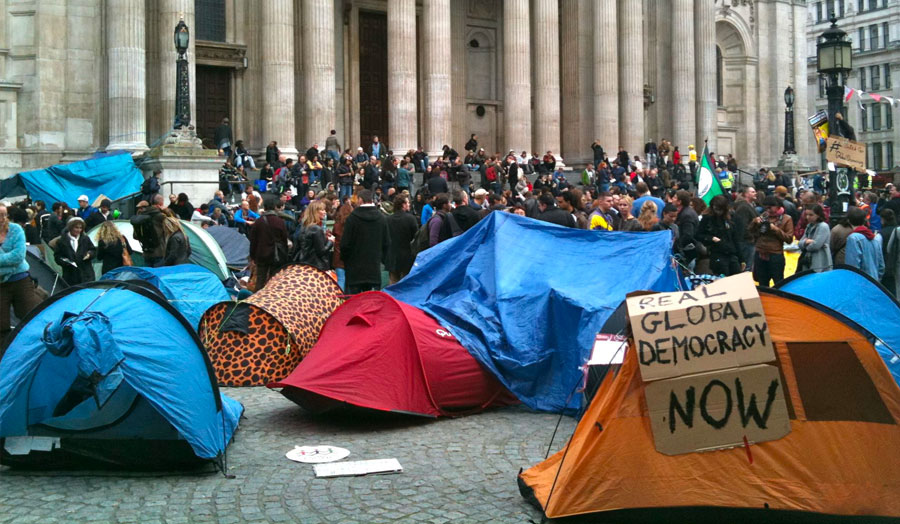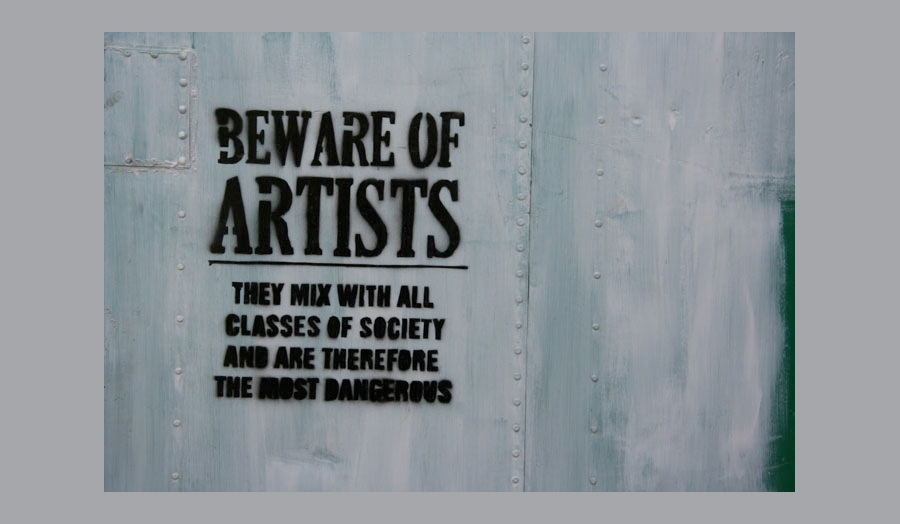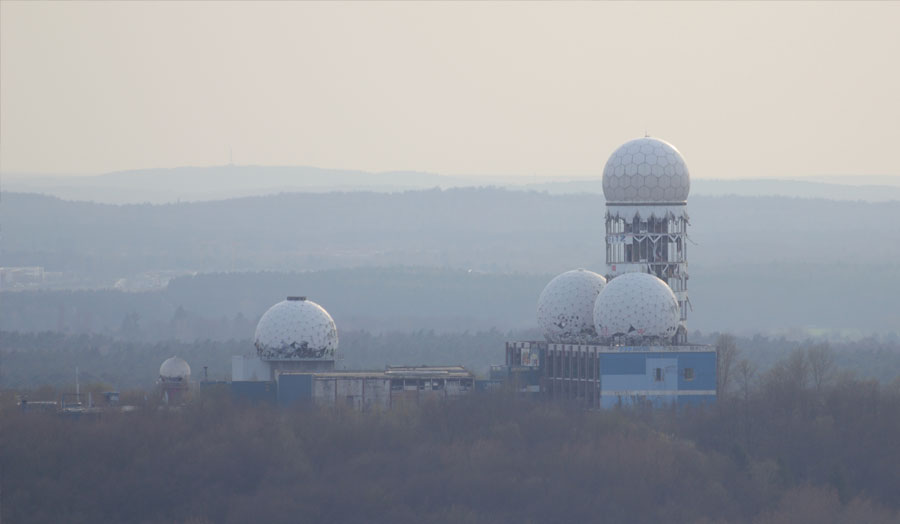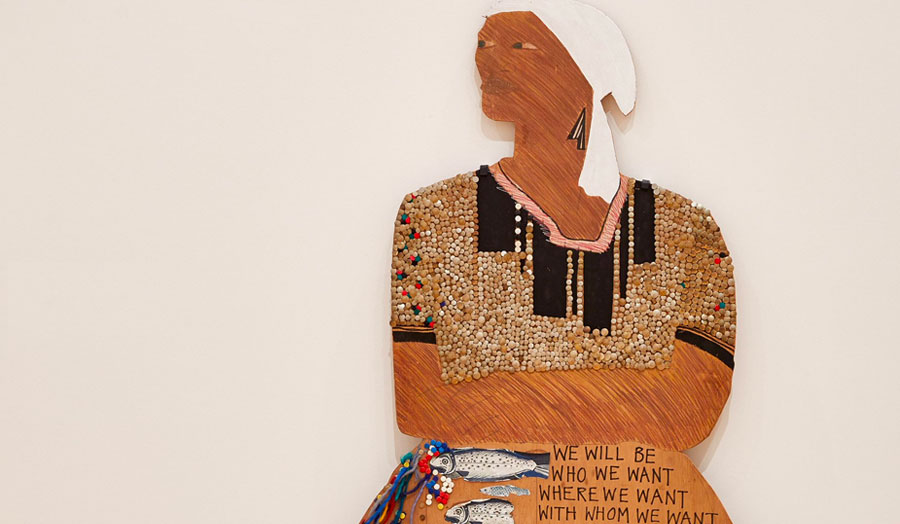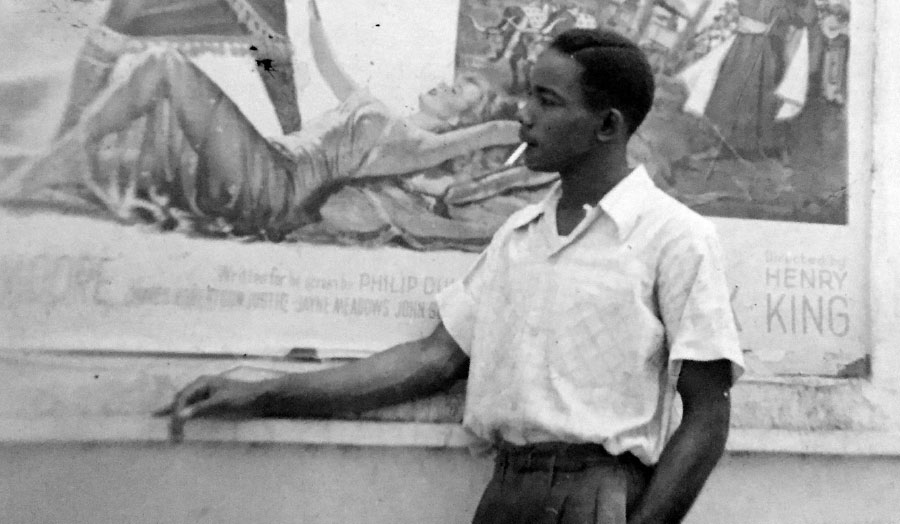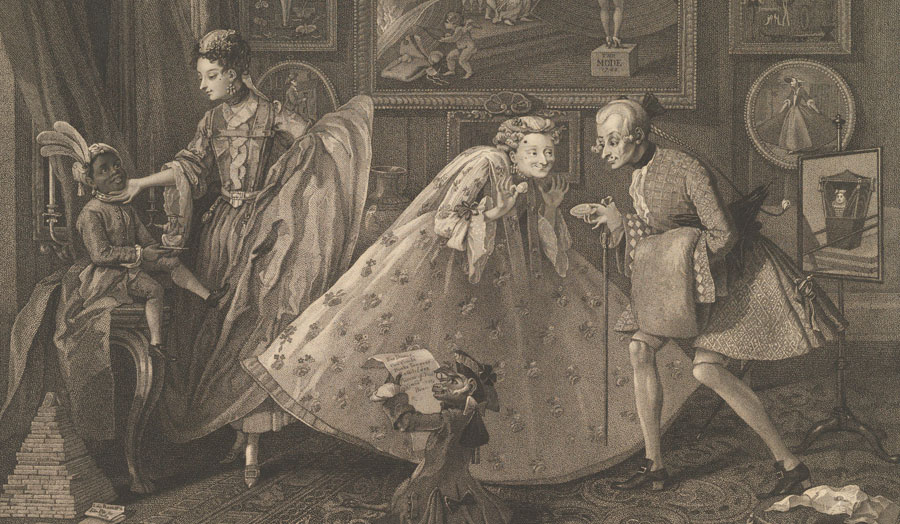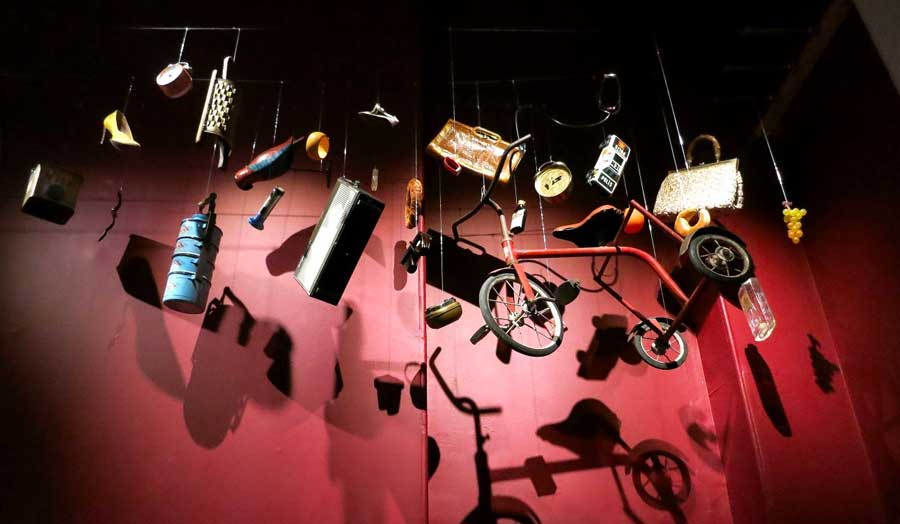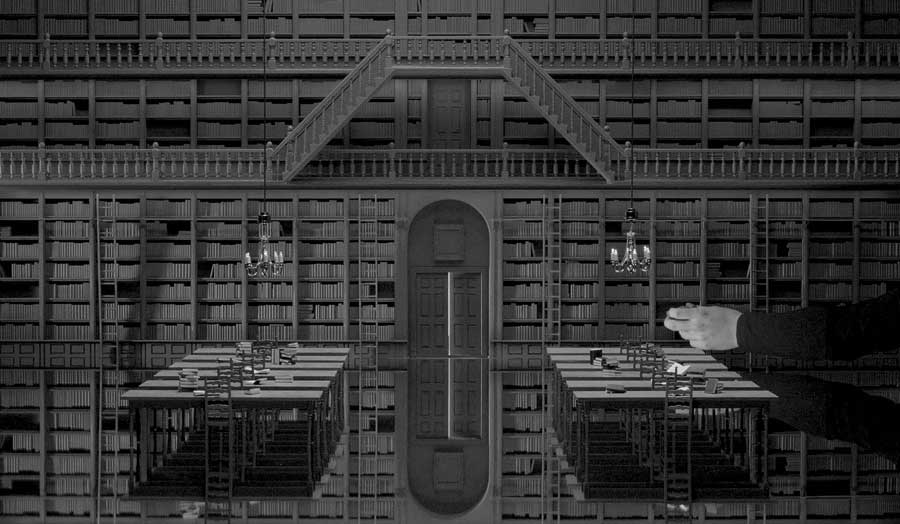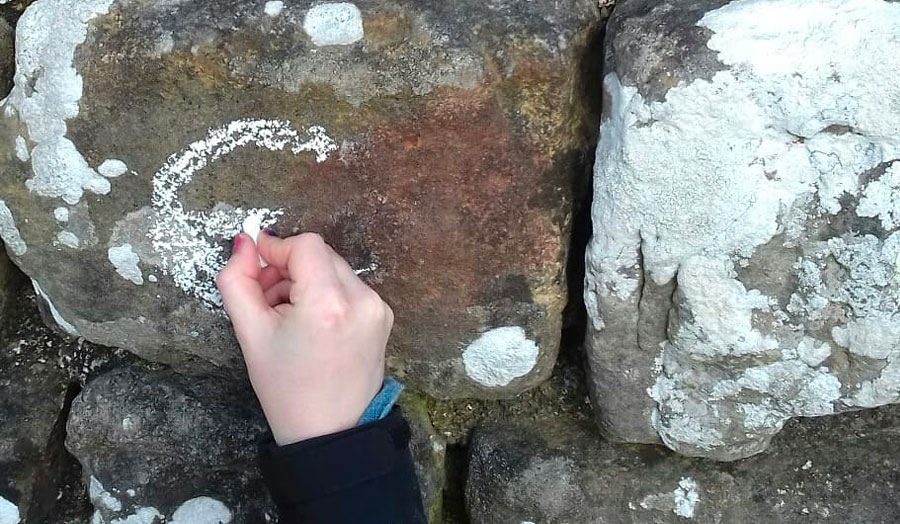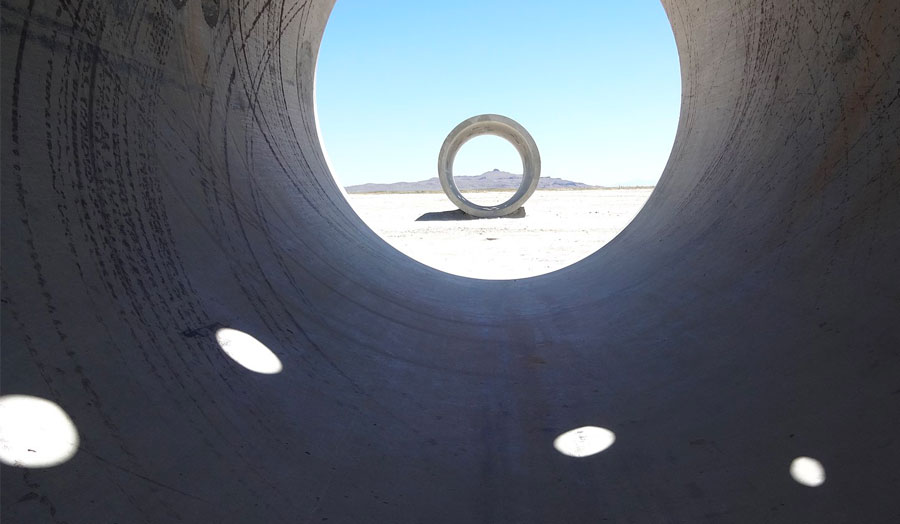Matthew Wraith
Cultural history from high art to kitsch is littered with visions of the future; some inspiring, some ridiculous, almost all of them wrong. From the spandex and flashing lights of 70s science fiction, to the monumental futurist tower-blocks of soviet-era Eastern Europe – nothing ever looks as dated as a vision of the future. Such visions always tell us as much about the present it was made in as the future itself.
But however absurd past predictions can sometimes seem in hindsight, we can’t simply shirk the task of trying to visualise the future. Creating workable models of the future is and will always be an urgent imperative. It is a job in which visual practitioners, artists, illustrators, designers, architects and town-planners, visual communicators, will inevitably play a vital part. It is not good enough to make statements or proposals for the future. It has to be pictured.
In some ways, looking closely at the naïve utopian fantasies or wild dystopian panics of the past can make us better in our task of preparing for the future. Studying the futures of the past can help us better understand exactly how predictions are made, what blind-spots they can exhibit. It can help us tune our predictive mechanisms.
This studio looks backwards in order to look forwards. It is for students who wish to ready themselves for a rapidly changing technological, urban and political environment and are curious about how the study of cultural history can help us do this.
Keywords: The prediction business. Futures Past and Present / Cities and Homes / Human Bodies and Posthuman body / Order and Anarchy: The Politics of the Future / Apocalypse
Studio bibliography
- Heimann, J., (2002) Future Perfect, Cologne: Taschen
- Dunne, A, and Rabie, F., Speculative Everything
- Dobraszczyk, P., Future Cities: Architecture and the Imagination, London: Reaktion
- Batty, Michael. Inventing Future Cities. Cambridge, Massachusetts: The MIT Press, 2018.
- Dunn, Nick and Cureton, Paul (2020) Future Cities: A Visual Guide. Bloomsbury, London
- Bostrom, Nick. ‘In Defence of Posthuman Dignity.’ Bioethics 19.3 (2005): 202–214.
- Haraway, D., 1991. A Cyborg Manifesto: Science, Technology, and Socialist-Feminism in the D. Haraway, ed., Simians, Cyborgs, and Women, New York: Routledge, pp.149-181.
- Lanier, Jaron. Who Owns the Future? London: Allen Lane, 2013.
- Susskind, Jamie. Future Politics: Living Together in a World Transformed by Tech. Oxford: Oxford University Press, 2018.
- Kurzweil R., The Singularity is Near New York: Viking
Image: Magic Highway, Walt Disney, 1958. Banner: Hans Op de Beeck, Staging Silence (3), video still (detail), 2019
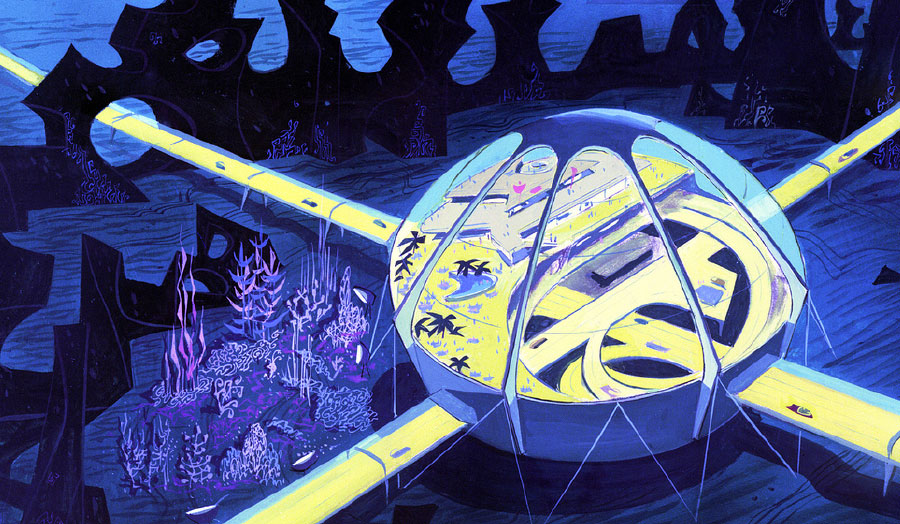
Details
| Tutor | Matthew Wraith |
|---|

